|
The World’s Forgotten Conflict in Kachin State, Myanmar is forcing hundreds of thousands of displaced Kachin people to live in remote mountain camps, cut off from basic services and support. Compounded by Covid-19 and a military coup in Myanmar; the situation for the people of Kachin State is getting worse. Read more about the current situation and what we’re doing to help. Children on the Edge supports 15 Early Childhood Development centres for 412 displaced Kachin children in some of the most remote mountain settlements in northern Myanmar, near the border with China. The centres offer education, play and expert care for 3-6 year olds. But our work has been affected by an upsurge in aerial attacks in recent months and general instability in Myanmar as a result of the Covid-19 pandemic and a military coup early in 2021. Kachin State, in northern Myanmar has been the site of a brutal conflict between the military and the Kachin Independence Organisation (KIO) for more than 50 years. The Kachin people have suffered the horrific consequences of armed conflict, bearing the brunt of attacks against armed groups. Hundreds of thousands of civilians have been forced from their homes and villages into remote mountain camps as the military have attacked villages and destroyed their homes. It is estimated that there are around 130,000 internally displaced Kachin people living in these camps; cut off from aid, education and support. A report from Fortify Rights has shown how the Myanmar authorities—particularly the Myanmar military – have weaponized the denial of humanitarian aid in Kachin State for years. They have wilfully imposed restrictions on access to food, healthcare, shelter, water, and sanitation to tens of thousands of Kachin displaced by ongoing conflict. The Kachin people are truly living on the edge and are in desperate need of support. The conflict in Kachin State remains forgotten by the international community and international media despite evidence of serious human rights violations being committed with impunity by the Myanmar military and armed groups; including murder; imprisonment; enforced disappearance; torture; rape, sexual slavery and other forms of sexual violence; persecution and enslavement. San Htoi, the joint secretary of Kachin Women’s Association Thailand, referred to the conflict as “an invisible war”. Why is there conflict? Around 1.6 million Kachin people - a minority Christian group in Myanmar - lived in relative peace in the northern Myanmar region, near the border with China, for hundreds of years. When Myanmar gained independence from the British in 1948, the Kachin people were promised self determination. But the military seized control in 1962 and the Kachin Independence Organisation (KIO) was formed to defend Kachin land. Armed conflict has followed ever since, bar a 17 year ceasefire between 1994 and 2011. What is the current political situation? Aung San Suu Kyi’s National League for Democracy (NLD) party won a landslide victory in the elections early in 2021, but the army backed the opposition party who claimed the result was fraudulent and staged a coup on the 1st February 2021. A year-long state of emergency was announced, including curfews, limitations on gatherings, internet blackouts and banking closures. The action of the Myanmar military has triggered widespread international condemnation and the largest mass civil protests since the so-called Saffron Revolution in 2007, where monks rose up against the military regime. Security forces have responded to recent demonstrations with violent crackdowns, killing 500 protesters by the end of March, including 44 children. With debilitating limitations on the banking system, almost all non-government and civil society organisations have had to suspend their programmes. What is happening in Kachin State? Within Kachin State, the Kachin Independence Organisation’s (KIO) office in Laiza put limits on transportation in and around Laiza and its outlying camps and settlements. Heavy fighting took place in Moe Mauk, Hpakant and northern Shan state in June and July 2021, and a few skirmishes were witnessed in all parts of Kachin state. More significantly, armed attacks on government forces have come very close to urban areas in recent months, with the sound of bombing heard in the vicinity of Myitkyina, and artillery shelling falling close to Laiza. Mixed messages are coming through to the Kachin people about the future, with the KIO leader stating in a recent and widely shared interview, his decision to totally eliminate the military dictatorship whilst contrary to this, the KIO Central Committee released a public statement that they will be seeking ways to achieve peace through dialogue rather than conflict. The internally displaced people who live in the KIO controlled areas are facing increasing challenges, with severe shortages of food, healthcare services, livelihood opportunities, and education access. These shortages have been exacerbated by the increased security at the Chinese border, where checkpoints are preventing anyone from crossing back and forth, stopping any possibility of extra earning opportunities or the purchase of provisions. In the remote mountain camps where we work, camp residents have been on high alert and working on digging bomb shelters due to increased aerial attacks. One teacher, Mrs Chyinghtawng Lum Naw from one of our Early Childhood Development Centre said: “Even though the global pandemic COVID-19 is not over, we have also been threatened by the impact of armed conflict. When we were told every household should dig bomb shelters, we faced many challenges as some of us do not even have houses. My child and I worked hard digging, and our hands and the whole of our bodies were in pain. We were also taking the risk that the digging could cause a landslide”. Another camp, Hkau Shau, was shelled by the military in March 2021 and its residents were forced to flee to the banks of the Dabak stream to take refuge with no food or shelter. Teacher Ankum Lu Awn said: “Until last year all the children played with the materials at our ECD centre in Hkau Shau, but when the political situation got worse we needed to close unexpectedly. Recently the bomb shelling fell down near the camp, and all the camp communities fled to the Dabak stream for hiding”. Impact of Covid-19 in Kachin State Further restrictions on activities have been caused by the resurgence of COVID-19 in our programme areas. Laiza and surrounding areas are now in strict lockdown. People in the area have been having regular testing and the KIO received around 30,000 vaccines to vaccinate local people. But local agencies have been severely restricted on how much they can respond due to the current controls on banking and strict monitoring of activities by the State Administration Council (SAC), which was established by the military regime the day after the coup. Movement and border crossings remain tightly controlled and security checks have been tightly carried out by military intelligence. Dozens of people travelling in and out of KIO areas have been detained and many goods including medicines and other essential supplies have been confiscated during the past couple of months, resulting in rising market prices. How has this affected our programme? For the majority of this year, our partner organisation - Kachin Development Group (KDG) has had to postpone or suspend nearly all programme activities and plans in the areas where we work as a result of the current instability. In spite of the grave nature of the circumstances they have dealt with this year, our partners still managed to open all 15 Early Childhood Development centres for a short time from January until April 2021, until the intensifying military coup violence and the rise in Covid cases forced their closure. Covid measures were in place at the time, including hand washing facilities, lessons and individual named drinking cups to prevent cross contamination. In February the project team distributed coloured paper, crayons and flip charts for 13 centres and facilitated a trip for the Sha-it Yang children to the Pajau Hydroelectric Power Generat In February and March the centres were able to celebrate the graduation of 168 of their oldest students. The parents were incredibly proud to see their children graduate, and felt a sense of pride themselves as many had directly contributed to their child’s progress through the home learning scheme during 2020 when the centres were closed due to the pandemic. This year, whilst the centres have been closed the teachers, parents and centre committees have worked hard to make sure the classrooms were maintained and were full of colourful learning materials, toys and artwork for when the children return. The project team has also worked hard to recreate the home-based learning style which was so effective during the first season of the pandemic in 2020. Parents teach their children with regular coaching from the teachers. Although visits to the camps have not been possible, the project team has kept in contact with teachers and centre committee members via mobile phone. The situation in Kachin State is currently very complex; the military coup and resultant political instability, the ongoing conflict between the military and the KIO, plus the pandemic has made working with, and getting information from our partners on the ground very difficult in recent months. Despite the instability and uncertainty, our local partners - Kachin Development Group and Kachin Women’s Association - have been working on the creation of a set of operational guidelines for the centres to take into account their local context and situation. The aim is to share these guidelines with all 15 Early Childhood Development centres in our programme and with other organisations and NGOs in Kachin that provide early years education. Whilst communication with our partners in Kachin has proved difficult, and travel to the camps impossible, we are in regular contact with them and, as we have done since 2013 will be looking for every opportunity to get funds through, ensure the programme gets back on its feet and to support the local communities that are facing so much. The KIO has announced that schools will be permitted to re-open as soon as it is safe to do so, and we’re confident that the communities have made sure that every bright and colourful learning space is ready to welcome the children back when that happens. Support usComments are closed.
|
RECEIVE OUR EMAILSBlog Categories
All
Archives
July 2024
|
|
JOIN US ON SOCIAL MEDIA
|
Annual Report | Contact Us | Jobs | Media Centre | Resources | Shop
Accessibility & Policies: Accessibility | Equity, Diversity & Inclusion Policy | Complaints| Privacy Policy | Safeguarding
Accessibility & Policies: Accessibility | Equity, Diversity & Inclusion Policy | Complaints| Privacy Policy | Safeguarding
Children on the Edge, 5 The Victoria, 25 St Pancras, Chichester, West Sussex, PO19 7LT, UK | 01243 538530 | [email protected]


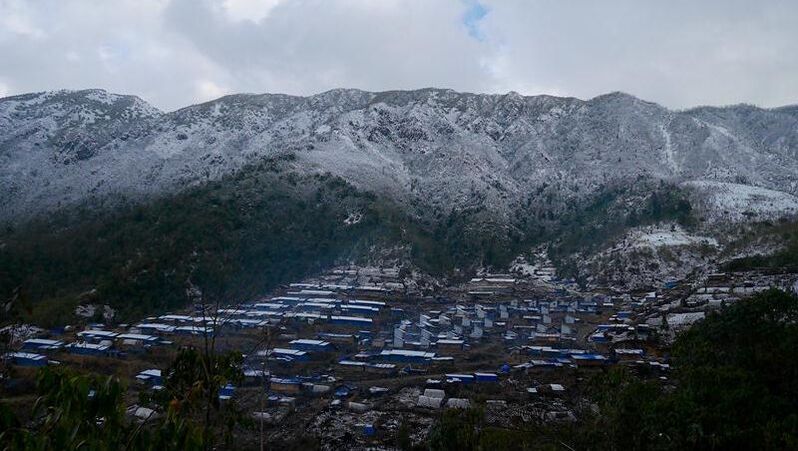
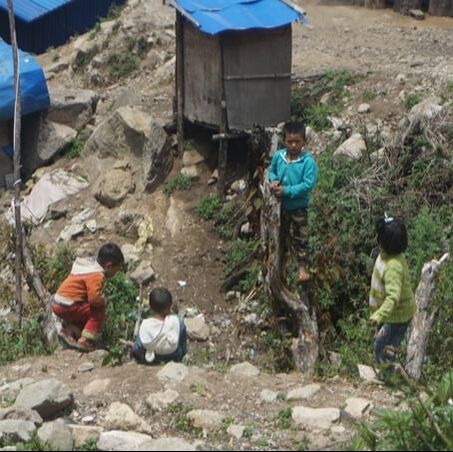
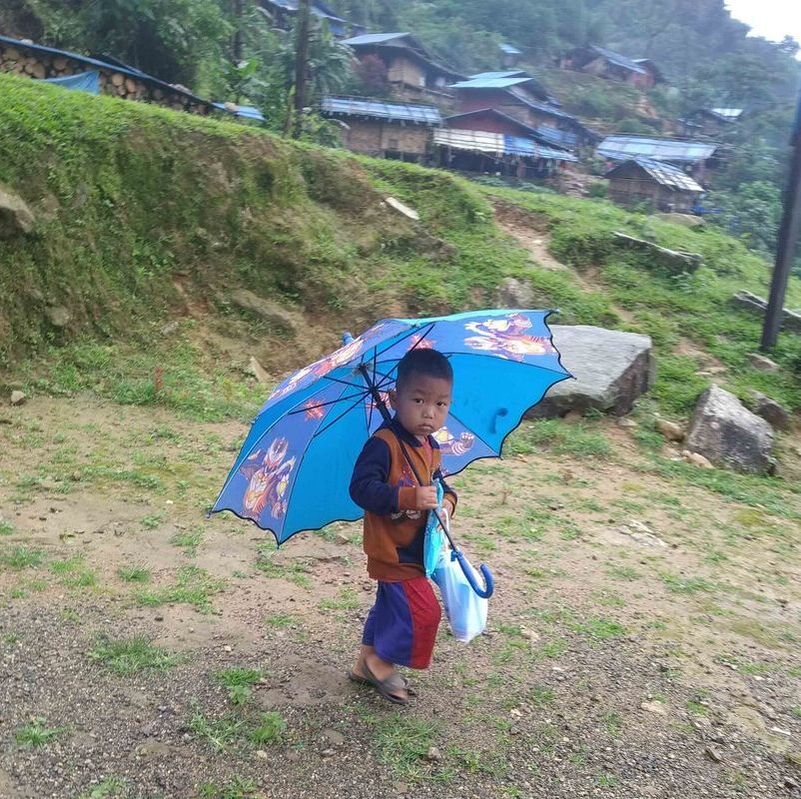
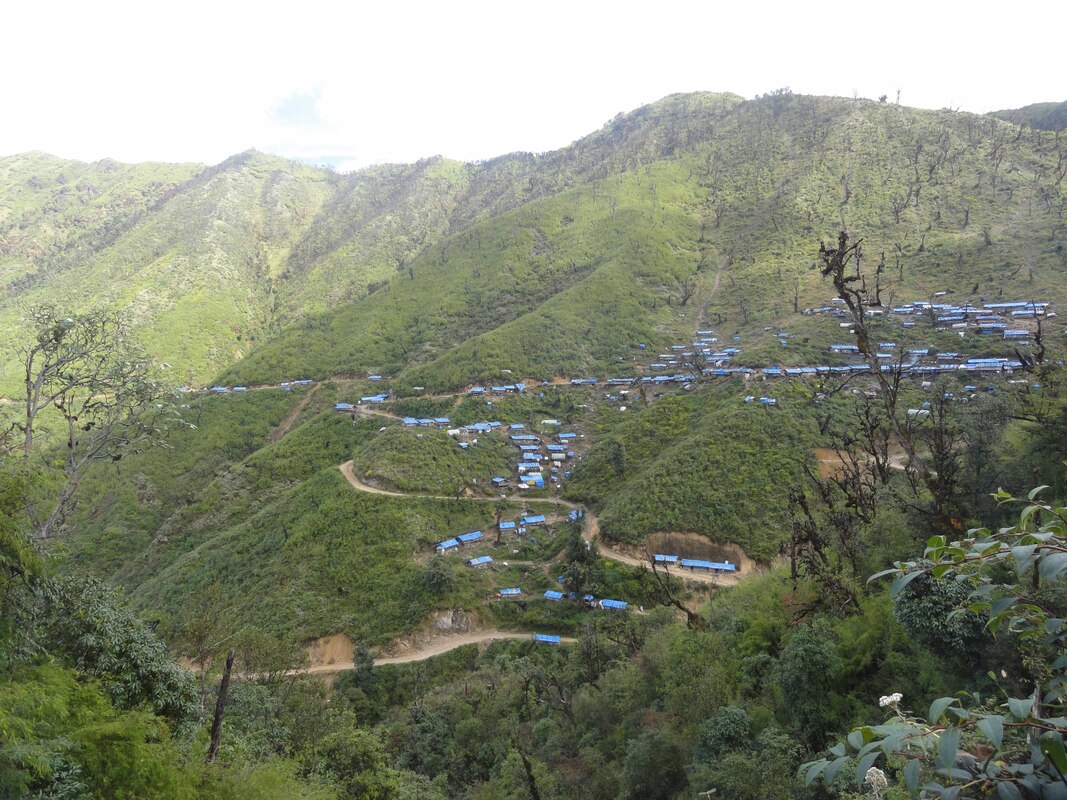
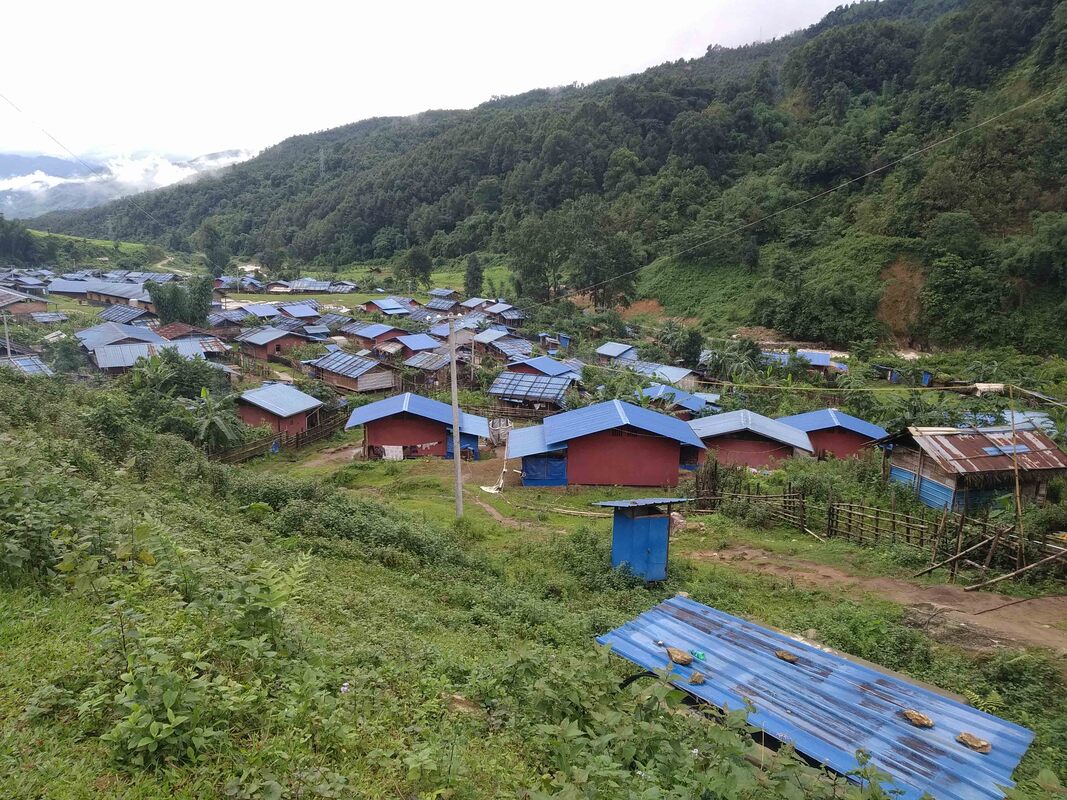
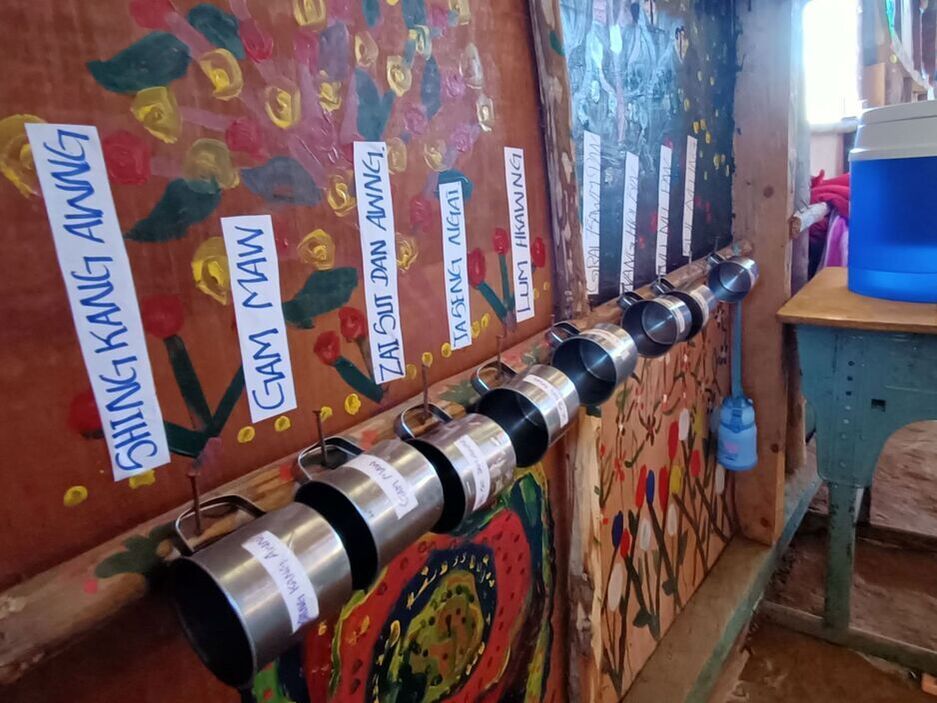
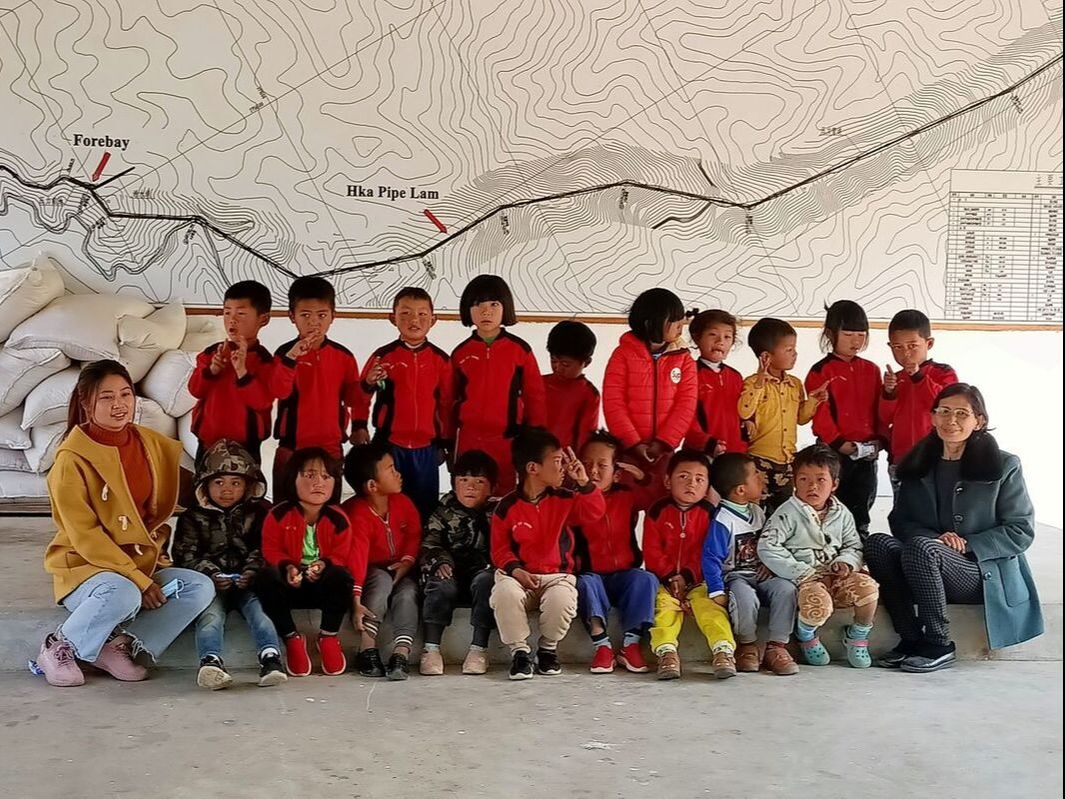
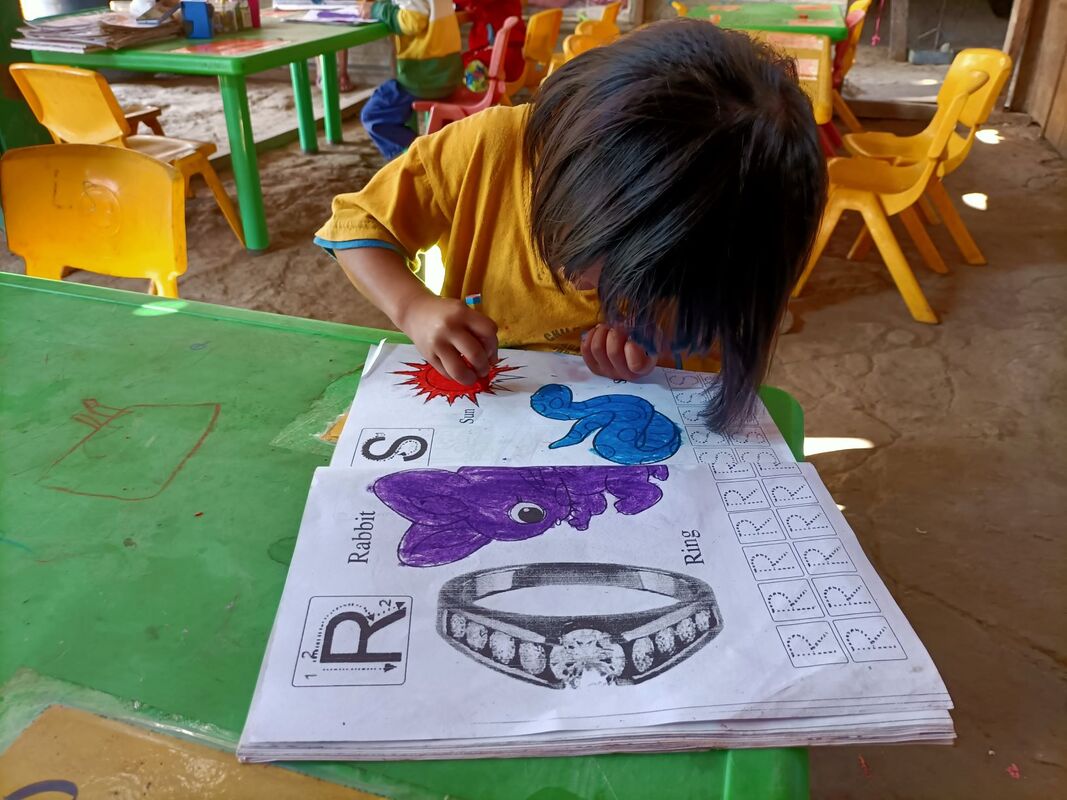
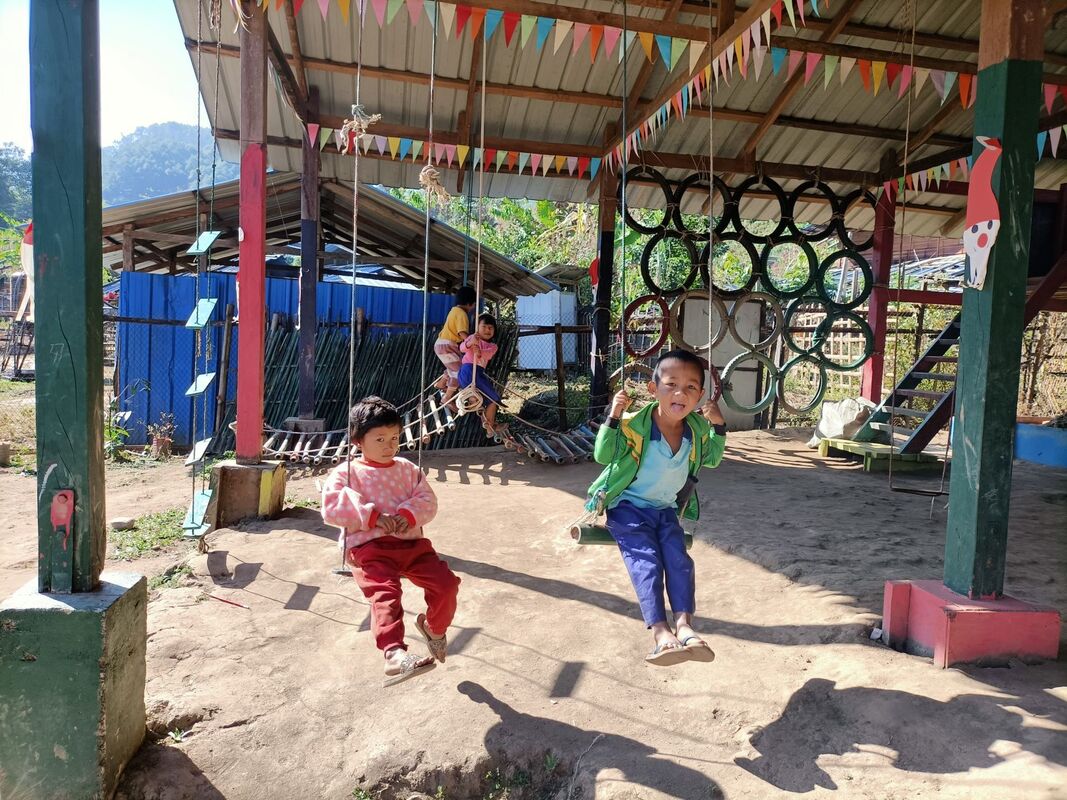
 Give monthly
Give monthly Fundraise for us
Fundraise for us RSS Feed
RSS Feed
